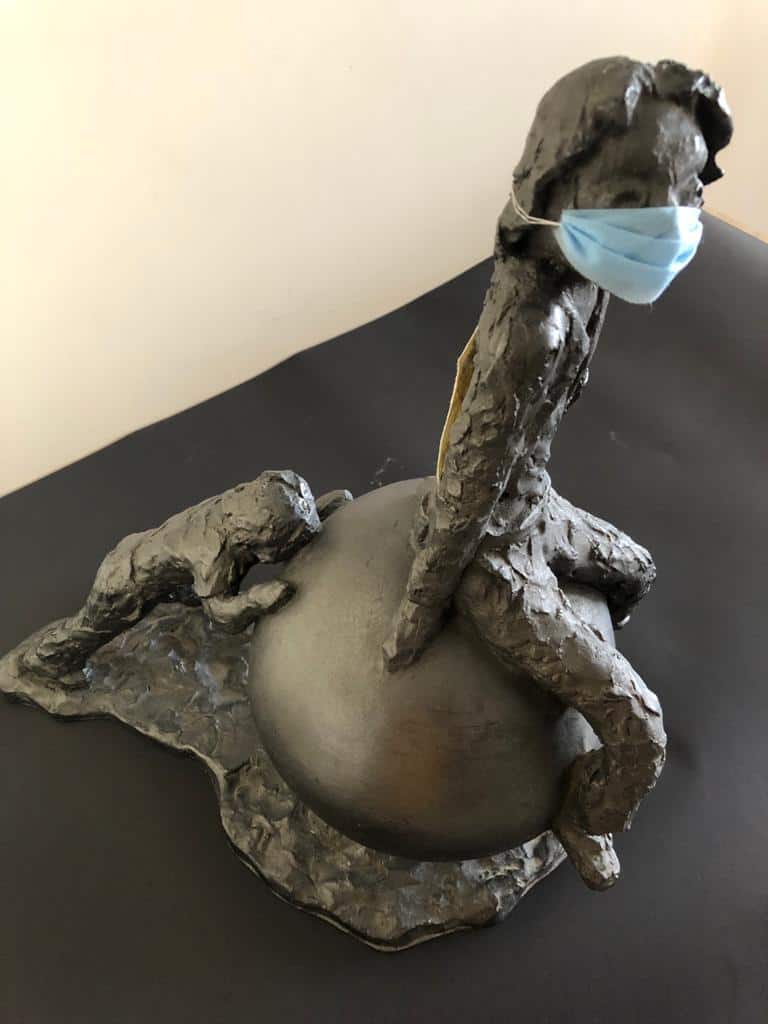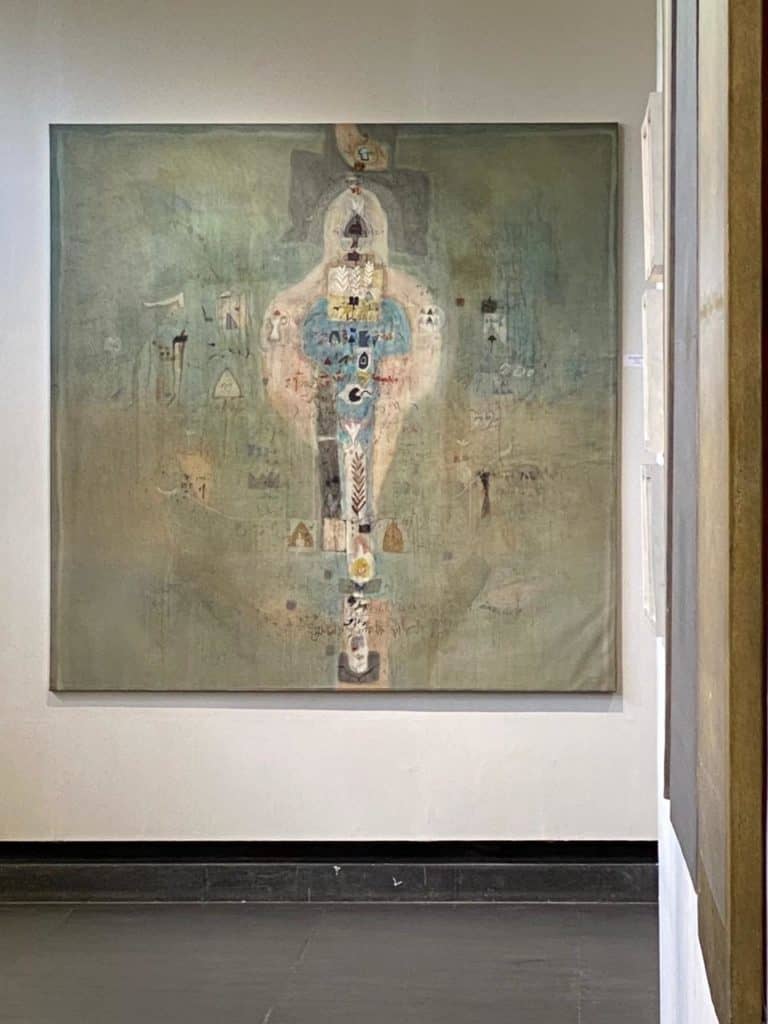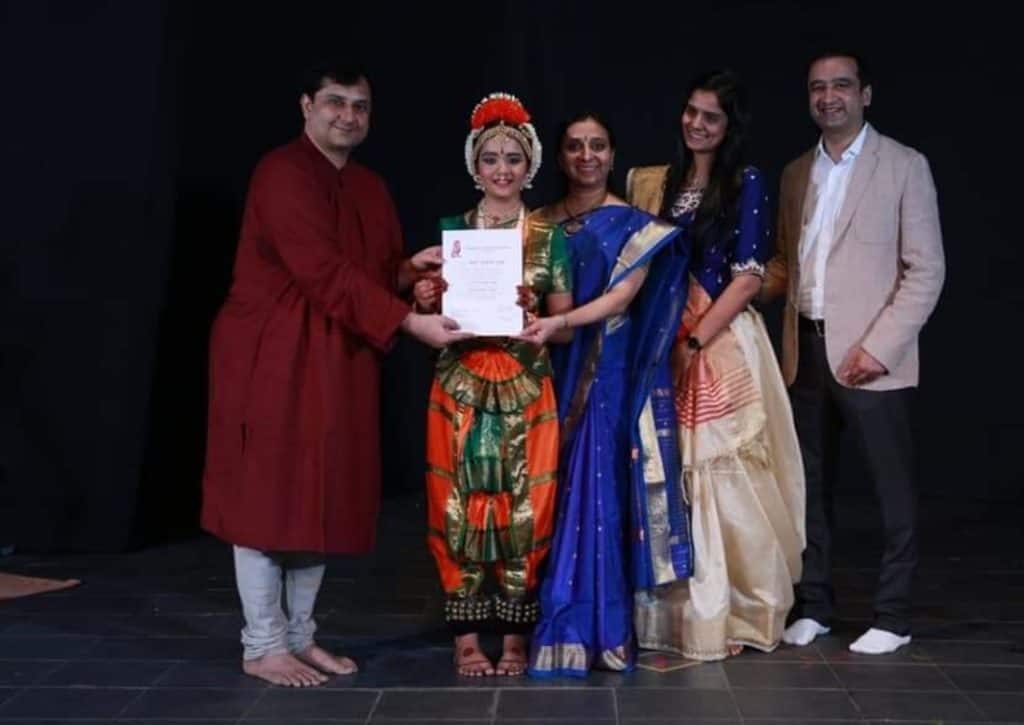“Everything is changing with visual entertainment moving to laptop to cellphone,” says Mayank Shekhar, renowned film critic and columnist. “What used to be a collective experience has become an individual feel, that we earlier associated with books. More in-depth viewing is also happening, like the six-part Suitable Boy series which got a lot of viewership.”
The move to web series on OTT platforms has been forced on movie makers as traditional movies and movie watching in theatres being virtually extinct for now. Web series are creating a more involved experience with deeper characterisation and more exploration and experimentation. “Theatres will take at least a year and half to limp back,” says Shekhar. “So we are seeing movies premiered on the web.”
Other online platforms have also changed the way the art scene functions. More innovative ways of creative expressions have emerged. “Art provides catharsis,” says Esther David, author, art critic, artist and columnist. “While usually I am an observer and an art critic, the crisis made me want to do a lot of work. I believe that art works like therapy. That is why I started a women artists’ initiative with around 19 to 20 women artists of Ahmedabad to give them a platform to express their feelings through art during the pandemic. The connect, sharing and learning happened online.”
Marketing was a problem, admits Esther. But a lot of galleries are now doing online sales or view by appointment, so art has blended with social media. All are trying to go digital, with some artists doing collages and some doing digital art. “As we enter a new year, with the help of social media, internet and digital marketing, art has started finding buyers again.” she said.
Esther David is already planning another initiative for women artists in 2021. “I believe each disaster in human history has led to creation of another form of art,” says Esther. “For example, the second world war led to the modern art movement. Art never stops. Creativity is an energy within each artist. I have great hope and faith that a new kind of artistic expression will emerge from this pandemic.”
Adapt and evolve
Nayna Soparkar, owner of Mantra art gallery chose to push her limits as an artist during the lockdown. She is planning for her own show in November 2021. “I feel that we are starting to see a revolution in art,” says Nayna. “The silos are now broken. Geographical boundaries are disappearing. For instance, I have collaborated with Spanish, American and Japanese artists. Art lovers now have more choices online. It is now getting to be normal to get exposure through webinars and online exhibitions or video strolls. Yes, art work is being sold at low prices but that means more people are buying, and many new avenues are opening up.”

Other art galleries like Emami, Delhi Art Gallery (DAG), Vadhera art gallery, Goa art gallery and 079 art gallery, have started organizing virtual tours, talk shows with artists, knowing the process of art and even coaching sessions, besides art auction and sale. In Ahmedabad, regular art shows have started in Hutheesing Art Centre and Amdavad ni Gufa, which now invite viewers with appointment.
Purva Damani, Founder Director of 079 Art gallery said that galleries have evolved during the last 7 months. “We have now realized that it is a new normal,” says Purva. “We put up two shows where online viewing was supported by physical viewing for those who wished. In October, we did a multiple artist show “Beautiful Chaos” that brought different perspectives from various artists to a society facing chaos and churning. About 25 artists from Bangalore, Pune Calcutta, Ahmedabad and Baroda exhibited 100 art works, and we got good online and offline traction. Currently, we have Rahul Inamdar’s “As is” show going on till January 31”.

Talking of the future, Purva feels galleries have to cater to a more diverse and larger audience by going online. “Showcasing is important. Buyers now like to view a variety of offerings before choosing, and they are open to experimenting. In the new year, we will be focusing on social media outreach, video viewing and coming up with interactive solutions like mock grid in which we ask the client to share the photo of the place where they are likely to place the work of art; we then digitally place it there and show them how it will look. The sale of luxury products has gone up post Covid, and I think the art market too is following that trend. We are seeing a positive sentiment as people are spending more time at home and want to beautify them.”
Art never stops. Creativity is an energy within each artist. I have great hope and faith that a new kind of artistic expression will emerge from this pandemic
Esther David, Artist and Art Columnist
Merger of art and technology
Ahmedabad’s famous classical musical festival has kept true to its yearly schedule, going fully online this year, from January 1st to January 13th. “Of course, there are a lot of challenges, the most important being the “mahol” (the live feel), which will be missing,” says Prafull Abubhai, one of the advisors to Saptak Trust.
“Another thing that will be missing is the live Jugal bandhis, that was always well-appreciated. But we decided not to do live recordings as there are issues of connectivity and uninterrupted performance,” he said.
See the festival calendar here.
What the artists will be performing uniquely for Saptak and in line with Saptak tradition, being online, the festival will also feature renditions from artistes like sarod maestro Aalam Khan, who are abroad. “We have kept nominal prices for tickets at $100 for international music lovers and a minimum of Rs 1,500 donation from our national patrons, for a season pass that covers 30 performances,” added Prafull.
Most artistes believe that the future lies in hybrid shows and performances, a mix of online and physical presence in some form. “We have realized that while we still prefer physical presence for instructional classes, online connect is ok for practice sessions,” says dance guru Chandan Thakore, Director, Nrutya Bharti, Ahmedabad. “We even did an Aarangetram was done at Scrapyard amphitheatre, with just 50 invitees presente and others attending online.” They have planned another show on January 10th for students who learnt Bharatanatyam online.

It never was an easy life for an artist and post-COVID it is going to be a struggle as a performer of of classical art forms, feels Chandan. “But classical dance instills tremendous self-discipline and life-skills along with the creativity and beauty of expression through dance.”
Merging online and offline means experimenting with a new reality says the dance guru. “The best thing that has happened is that the mental block of merging art and technology is completely broken,” adds Chandan.